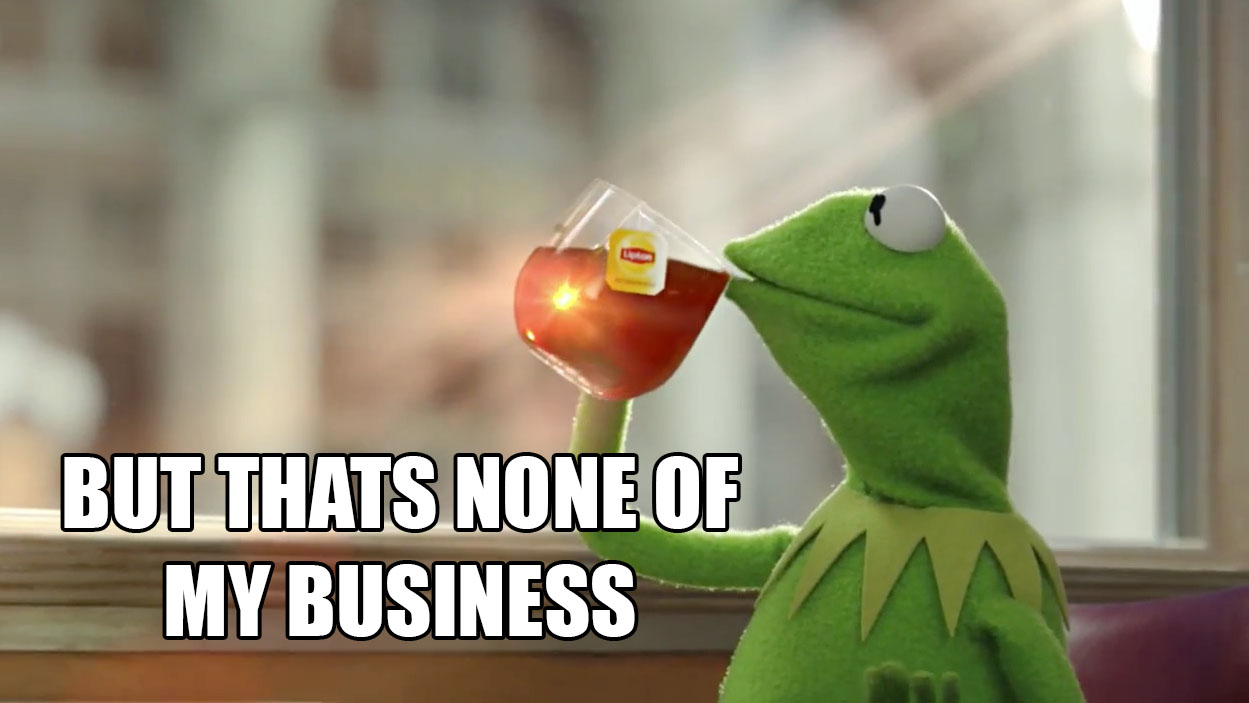Are (Internet) memes a valid form of social commentary?

Memes are incredibly hard to describe but most people will tell you, “I know it when I see it.” They are easy to reference in relatable situations, but difficult to spell out to the non-Internet trained eye. The difficulty in explaining memes comes from the fact that they take on many different forms and purposes as they are modified and shared over the Internet.
Some of the most popular memes of today include: a photo of Cardi B. in her youth making a sassy face, “I have a basketball game tomorrow” Trey, and Dark Kermit the Frog. Each of these memes has been translated between video, photo and audio renditions. They have also been modified with captions to tell jokes, express opinions and share critiques.
Memes become viral Internet trends with just a change in the caption, artistic medium or a revival in relevance based on what is taking place in society. This unique vitality, dependent on the ability to be modified by a wide array of different people, can explain this “newfound” trend that cannot be easily explained but widely accepted. It cannot be explained because it changes in meaning once someone changes the caption, but it is widely accepted because of its ability to adapt to any individual user’s purpose.
The concept of memes was actually a term coined in 1976 by evolutionary biologist Richard Dawkins during his research on evolutionary principles in the spread of ideas and cultural phenomena for his book “The Selfish Gene”. His definition still stands true for the basis of what common memes are today: a form of thought and expression translated throughout the length of the initial conversation’s ability to stay relevant or reinvent itself, although they have morphed into what is now classified as an Internet meme.
Internet memes are based on humor and mimicry, activities, concepts, catchphrases or pieces of media spread from person to person via the Internet. It can take the form of an image, video, website or hashtag, as well as a word or phrase.
Today’s memes often have a strong political and social meaning within their purpose beyond humor and mimicry, and this is why they shouldn’t be taken lightly or at face value.
As such, memes are a representation of what their creators and reinventors experience in their lifetime. They are a sub-form of expression for generations that are quite in tune with the Internet, social media and the underlying need for a new cryptic outlet of social commentary and critique.
Tumbler user Internet Princess lists three reasons why memes exist in this new Internet-dependent generation: 1) satirical humor is the effect of rapid technological advancement, economic downturn and endless wars; 2) wit and share-able quip are the covers for negative expression; and 3) sex, violence and Rated R content are commonplace and have changed the standard for shock value.
These three points express a huge move in the way humor has become the new safe form of commentary and critique. Internet memes are a new way to stand up to the man without actually being in front of him, but rather speaking to the public.
An Aug. 23, 2016, The Week’s article, “The Power of Political Memes”, described memes as a form of shorthand commentary on political malfeasance to comment on or satirize political communication. In the 2016 presidential election, memes helped define the candidate’s characteristics in the eye of the public because of their virality.
When a meme goes viral, it is assumed that the general meaning is widely accepted even when controversial. The meme discussed in The Week’s article centered around the reposting and adaptation of President Donald Trump’s tweets. This trend, that is continuing today because of its relevancy to Trump’s current presidency, had an incremental effect on how people perceived Trump and defined the mediums and stances for starting a discussion. It also assisted opponents and supporters of his candidacy with their efforts to emphasize their positions about him at the time under the protection of freedom of speech, and critique versus slander.
This method of using a satirical and often over-exaggerated form of art and communication to prove a political point could be attributed to Dadaism. A European artistic and literary movement that disregarded conventional artistic and cultural values through works pronounced by nonsense, distorted representation and outright rejection of norms. Dadaism is a revolt against traditional forms in politics and art, challenging the conventional with absurdity and cynicism.
Internet memes reflect this mindset because their representation of form is not universally understood. They are a new sub-form of expression taken from different pieces of art, text and news, and putting them all together to form a relatable and often controversial message. The debate over the validity of memes as a form of social commentary goes on with a varied opinion, but Internet memes are this new Internet-crazy generations’ form of social expression, criticism, approval, mimicry, humor and release.
Memes allow people to share their thoughts about personal, national and international situations in the world. Whether making fun of a political candidate, pointing out the humorous expression in an old image, or continuing the discussion of a trend in the gaming world, Internet memes have shaped the way people share their opinions and critiques. They are a sub-form of expression, but a valid form of commentary with little to no consequence. Memes are a new wave of freedom for generations that grow up with the Internet.

